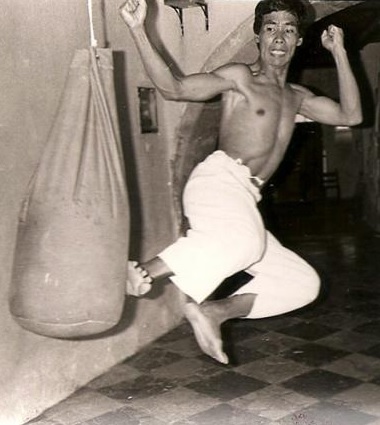(published in
Vishwa Sandesh)
Investment Opportunities
By Paramendra Bhagat (www.paramendra.com)
Your checking account gives you zero interest. The money is safe, but it is not growing. Your savings account famously gives you 1-2%. It is practically zero. Government issued bonds are safe but they also give returns in the 4% range only. That has been
Madonna’s favorite thing to invest in. She did not need the money to grow, she knew she was going to make plenty of her own money; she just needed it to be safe.
If you invest in the American stock market in a sample basket of companies, say in a fund that is tied to the S&P 500 or the
NASDAQ, in the short run you might lose or gain money. A few of your stocks might do spectacularly well, or might see a spectacular nosedive all the way to the company going down the tube and your losing all your money. But if you are not going to speculate daily, if you are not going to walk in and out every few years, if you are going to leave your investments for the long run of something like 10 or 20 years then you can expect an annual return of something like 10%. At that rate your money doubles every seven years. So 10,000 dollars will have become roughly 40,000 dollars in about two decades.
The mega recession of 2008 busted two major myths. The big one was that governments don’t go belly up, because people will always pay taxes. But country after country in Europe did go belly up. Another myth though a casualty of ups and downs in the housing market pretty regularly saw a major jolt was that
real estate is a good investment because no matter what you will still have your house. Well, what if that house now has a value of half of what you paid for. Was that still a good investment?
The real estate sector in
Nepal is a major hindrance to productive avenues of investment. People go abroad, do hard labor, they save, and they send money back to Nepal. Quite a lot of that money goes into real estate. People really like the idea of owning a house. It gives them a sense of belonging. There is this one small corner of the earth that they own. That brings solace. And since buying a house in Nepal is not like buying a house in America where you keep making rent like payments for 30 years, buying a house pretty much leaves you high and dry. Perhaps people feel once they have enough to eat, buying a house is next, and some day they might buy shares in companies. As the Nepali economy matures there will be more productive ways to invest than buying a piece of land and putting a house on top of it.
Things get wilder. A hydro project in Nepal might give an annual return of 30%. At that rate money doubles every two and a half years. So your 10,000 dollars will have become two and a half million in those same two decades. As in, a 30% growth rate is substantially more than the 10% growth rate.
I think it is a very good idea for Nepalis in
New York City to invest in hydro projects in Nepal. You keep getting returns for 30 years at a handsome rate of 25-35%. I think that could mean a retirement scheme to many people.
My Nepal Hydro 20K Seed Fund
Virtual Mall
But not even 30% is wild enough. The first person who invested in Google put in 100,000 dollars. The two Google founders (they were
PhD students at Stanford) were on to see a professor of theirs. A friend of the professor happened to be sitting there. He overheard the conversation. That sounds interesting, let me just write you a check, but I have to leave now, he said. That money became a billion and a half dollars in about eight years. At 10% money doubles in seven years. If the money went from being 100,000 dollars to 1,500,000,000 dollars in eight years, what kind of growth rate is that? You do the math. Looks to me like the money grew 15,000 times.
But then Google founders are rare people. It is hard for them to show up, and it is very hard to get to meet them at that early stage. And most people will not, do not recognize them at that early stage. I mean,
Yahoo did not. Yahoo at the time was what Google is today.
The Google guys wanted to sell their search engine to Yahoo and be done with it. Yahoo refused to buy. We already have a search engine of our own, they said.
If you have 100,000 dollars to invest, put 10% of that into a checking account, which is practically cash, and put 10% into something high risk and high reward like an early stage Google. Investing is a spectrum. You play partly safe, but partly you go wild with the money. But then some people go largely wild. When
Larry Ellison, the founder of Oracle and my personal favorite character in tech, was worth 100 million dollars, he still borrowed money from the bank for his personal expenses, since he knew his ownership of Oracle would grow much, much faster than whatever the bank charged in interest, and he was so very right.
I think pretty much every Nepali in New York City has the option to invest at least a thousand dollars. You bring together 100 people and that is 100,000 dollars. That is not big money, but that is no chump change either. All should attempt financial literacy. Good investment ways come with some practice.


